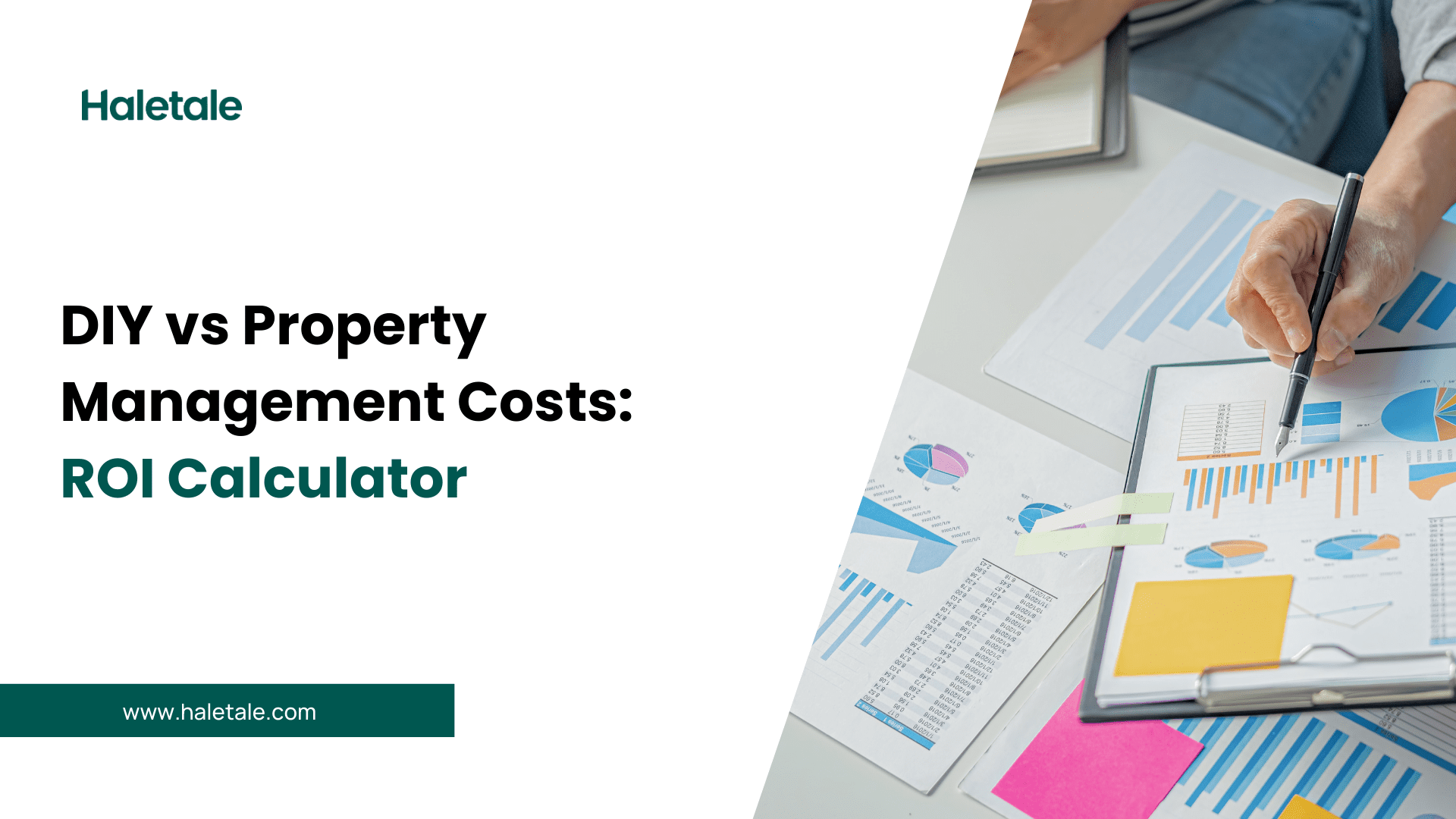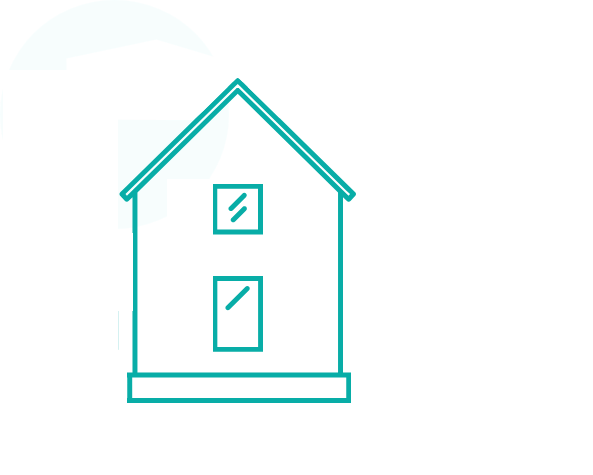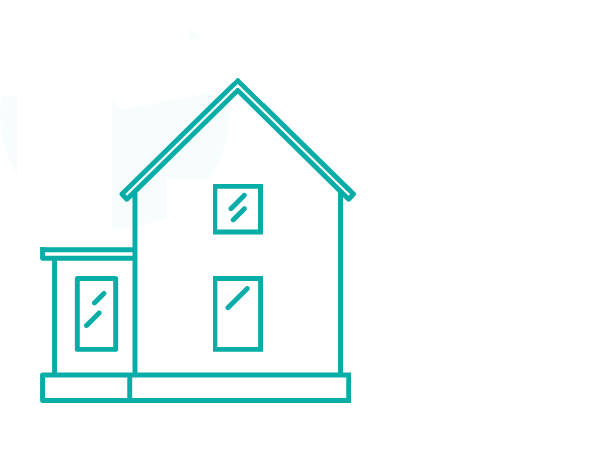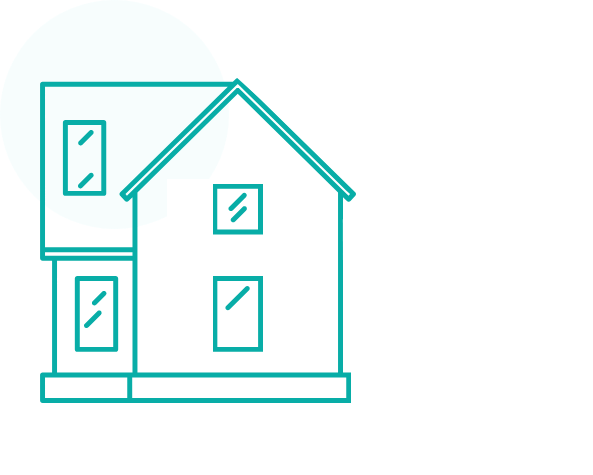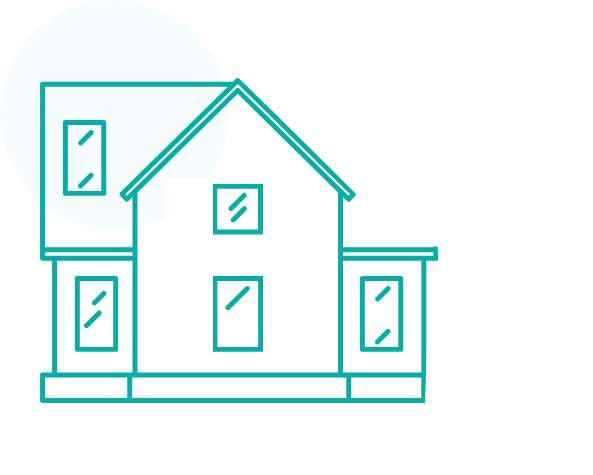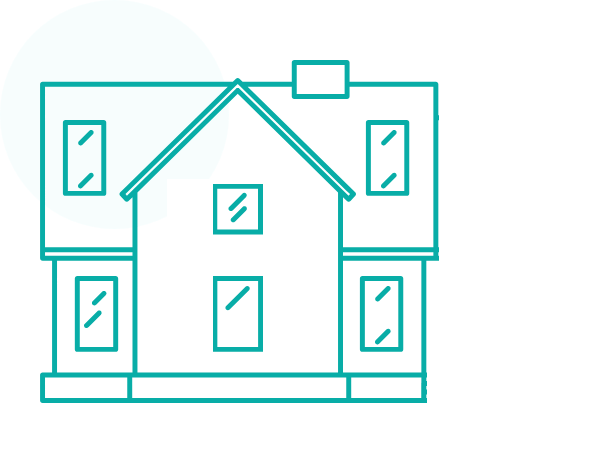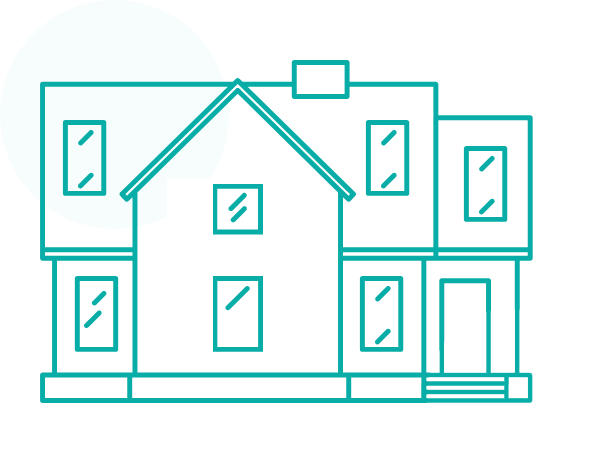DIY Property Management vs Software: The Complete Cost Analysis That Changes Everything
Every property manager or a real estate investor faces the same critical decision: continue managing properties with spreadsheets and manual processes, or invest in property management software? While the monthly subscription fees are obvious, the true costs and savings run much deeper than most property owners realize.
This comprehensive analysis will help you determine your exact tipping point—the moment when property management software becomes not just helpful, but financially essential for your rental business.
The Hidden Costs of DIY Property Management
Before diving into software costs, let’s examine what “free” DIY management actually costs you. Most landlords/property managers dramatically underestimate these expenses because they’re often hidden in time, missed opportunities, and inefficiencies.
Time Investment Analysis
The average property manager spends 10-15 hours per month per property on management tasks when using spreadsheets and manual processes. This includes:
- Rent collection and tracking: 2-3 hours monthly
- Maintenance coordination: 3-4 hours monthly
- Financial record keeping: 2-3 hours monthly
- Tenant communication: 2-3 hours monthly
- Legal compliance and documentation: 1-2 hours monthly
For a landlord managing 5 properties, this translates to 50-75 hours monthly. At a conservative $25/hour value of your time, that’s $1,250-$1,875 in opportunity cost each month—or $15,000-$22,500 annually.
Error Costs and Missed Revenue
Manual systems create expensive mistakes:
- Late fee miscalculations: Average $200-500 lost annually per property
- Maintenance overpayments: Lack of vendor management costs 10-15% extra
- Compliance violations: Fair housing violations average $10,000-50,000 in penalties
- Vacancy extensions: Poor marketing and application processing extends vacancies by 5-10 days on average
Opportunity Costs
Time spent on administrative tasks is time not spent on:
- Finding better deals and expanding your portfolio
- Improving properties to command higher rents
- Building relationships with quality tenants and vendors
- Strategic business planning
Property Management Software: Investment Breakdown
Modern property management platforms typically cost between $1-10 per unit monthly, depending on features and scale. Here’s what you’re actually buying:
Core Features Value Analysis
Automated Rent Collection ($50-200 value per property monthly)
- Eliminates manual tracking and follow-up
- Reduces late payments by 30-40%
- Automatic late fee calculation and application
- Direct bank transfers reduce processing time
Maintenance Management ($30-150 value per property monthly)
- Vendor comparison and bidding platforms
- Automated work order tracking
- Photo documentation and progress updates
- Preventive maintenance scheduling
Financial Reporting ($20-100 value per property monthly)
- Automated income and expense tracking
- Tax-ready reports
- Cash flow analysis and projections
- Integration with accounting software
Tenant Screening and Communication ($25-75 value per property monthly)
- Automated application processing
- Credit and background check integration
- Centralized communication history
- Digital lease signing and document storage
The Break-Even Calculation Framework
To determine your break-even point, use this formula:
Monthly Software Cost ÷ (Time Savings × Hourly Value + Error Reduction + Efficiency Gains) = Break-Even Timeline
Example Scenarios
Scenario 1: Small Landlord (2-3 Properties)
- Monthly software cost: $30-50
- Time savings: 15-20 hours monthly
- Value at $25/hour: $375-500
- Error reduction: $50-100 monthly
- Break-even: Immediate positive ROI
Scenario 2: Growing Portfolio (5-10 Properties)
- Monthly software cost: $50-150
- Time savings: 25-40 hours monthly
- Value at $30/hour: $750-1,200
- Error reduction: $100-300 monthly
- Efficiency gains: $200-400 monthly
- Break-even: Immediate 4-8x ROI
Scenario 3: Established Landlord (15+ Properties)
- Monthly software cost: $150-300
- Time savings: 40-60 hours monthly
- Value at $35/hour: $1,400-2,100
- Error reduction: $300-600 monthly
- Efficiency gains: $400-800 monthly
- Break-even: Immediate 6-12x ROI
Time Savings: The Compound Effect
Time savings from property management software compound over time. In year one, you might save 20 hours monthly. By year three, as you optimize workflows and expand your portfolio, those savings often double to 40+ hours monthly.
Quantifying Efficiency Gains
Rent Collection Efficiency
- Manual process: 5-7 days average collection time
- Software automation: 1-2 days average collection time
- Cash flow improvement: 3-5 days better working capital
Maintenance Response Time
- Manual coordination: 2-5 days to schedule work
- Software streamlining: Same-day to 24-hour scheduling
- Tenant satisfaction: 40% improvement in retention
Financial Reporting Speed
- Manual books: 10-15 hours monthly for basic reports
- Automated reporting: 1-2 hours monthly for comprehensive analysis
- Tax preparation: 75% reduction in accountant fees
When Does the Switch Make Financial Sense?
The tipping point varies, but clear indicators suggest it’s time to upgrade:
Portfolio Size Indicators
- 2+ Properties: Software typically pays for itself immediately
- 5+ Properties: DIY management becomes unsustainable
- 10+ Properties: Software is essential for legal compliance and efficiency
Time Investment Thresholds
- Spending 20+ hours monthly on property management tasks
- Missing rent payments or maintenance issues due to tracking problems
- Struggling to maintain organized financial records
Growth Ambitions
- Planning to acquire additional properties
- Considering property management as primary income source
- Needing professional-grade reporting for investors or lenders
Beyond the Numbers: Quality of Life Factors
While ROI calculations drive business decisions, quality of life improvements often seal the deal:
Stress Reduction
Property management software eliminates the constant mental load of tracking dozens of moving parts. Automated reminders, centralized communication, and systematic processes reduce daily stress significantly.
Professional Image
Automated communications, online payment portals, and streamlined processes present a professional image that attracts quality tenants and justifies premium rents.
Scalability Confidence
Software provides the infrastructure needed to grow confidently, knowing your systems can handle increased complexity without proportional increases in management time.
Making the Decision: A Strategic Framework
Step 1: Calculate Current Costs
Track your actual time investment for one month across all properties. Include every task from rent collection to maintenance coordination.
Step 2: Assess Pain Points
Identify your biggest challenges—are they time-related, accuracy issues, or growth limitations?
Step 3: Research Solutions
Compare platforms based on your specific needs and portfolio size. Consider both current requirements and future growth plans.
Step 4: Run Pilot Programs
Many platforms offer free trials. Test the software with a subset of properties to validate time savings and efficiency gains.
As Deloitte research on enterprise automation ROI emphasizes, taking a strategic, holistic approach to automation during planning phases helps build more robust business cases and demonstrates competitive advantage beyond simple cost savings.
Step 5: Calculate Total ROI
Use our property management software ROI calculator to get personalized break-even analysis based on your specific situation.
The Compound Benefits of Early Adoption
Landlords who adopt property management software early in their investing journey often see exponential benefits:
- Faster Portfolio Growth: Freed-up time enables more property acquisitions
- Higher Property Values: Better maintenance tracking and tenant satisfaction
- Reduced Stress: Systematic processes eliminate firefighting mode
- Professional Credibility: Attracts institutional investors and better financing terms
The question isn’t whether property management software provides positive ROI—for virtually all landlords with 2+ properties, it does. The question is how much money you’re leaving on the table by continuing with manual processes.
Frequently Asked Questions
Q: At what point does property management software become essential rather than just helpful?
A: For most landlords, software becomes essential around 3-5 properties. Below this threshold, manual management is possible but inefficient. Above it, the complexity makes errors and oversights almost inevitable without systematic tracking.
Q: Can I justify software costs if I only have 1-2 rental properties?
A: Yes, but focus on the time savings rather than scale efficiencies. If you value your time at $20+ per hour, most entry-level platforms pay for themselves even with minimal portfolios. The key is choosing software that matches your scale.
Q: How do I calculate the value of my time for ROI analysis?
A: Use your current hourly income as a baseline, then add 20-30% to account for opportunity costs. If you’re unemployed or retired, consider what you could earn freelancing or the value of leisure time.
Q: What if I enjoy the hands-on management aspects?
A: Software doesn’t eliminate landlord involvement—it eliminates administrative busywork. You can still maintain personal relationships with tenants while automating rent collection, maintenance tracking, and financial reporting.
Q: Are there hidden costs beyond monthly subscription fees?
A: Quality platforms typically include all core features in base pricing. Potential additional costs include payment processing fees (usually 2-3%), premium integrations, or advanced analytics modules. Always clarify total costs during evaluation.
Q: How long does it take to see ROI from property management software?
A: Most landlords see positive ROI within the first month through time savings alone. Full benefits typically realize within 3-6 months as you optimize workflows and eliminate inefficiencies.
Q: Can property management software help me scale my portfolio faster?
A: Absolutely. The operational efficiency and professional systems provided by quality software often enable landlords to double their acquisition pace while maintaining or improving management quality.
Q: What happens to my data if I switch platforms later?
A: Reputable platforms provide data export capabilities. However, switching costs (time and learning curves) make initial platform selection important. Focus on scalable solutions that can grow with your portfolio.
The mathematics are clear: for virtually every landlord with multiple properties, property management software provides immediate and substantial ROI. The real question is how much longer you can afford to operate without it.

